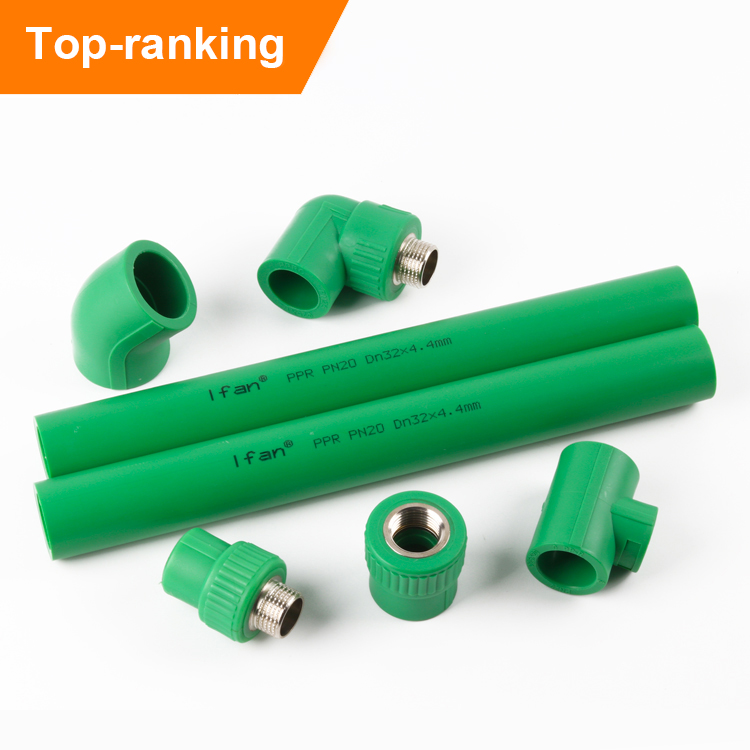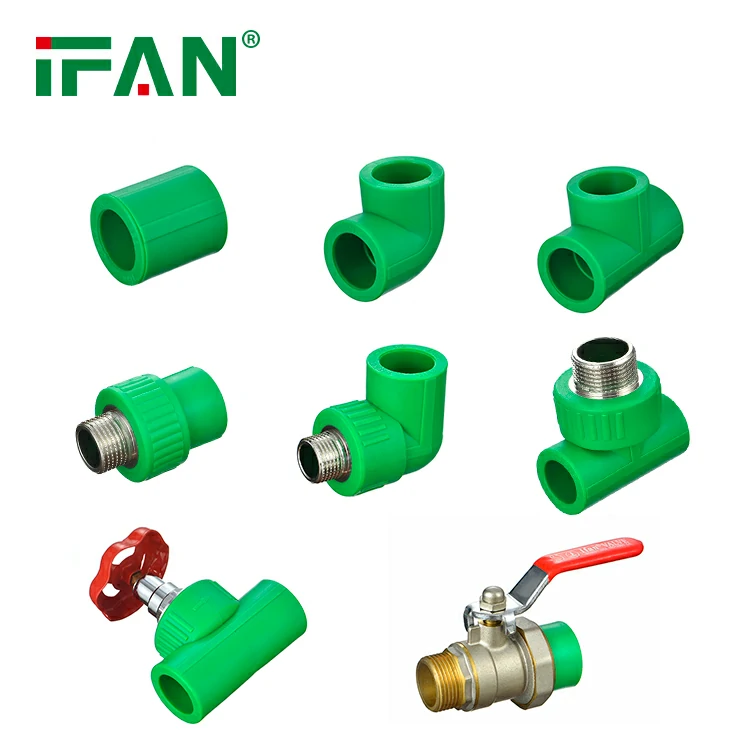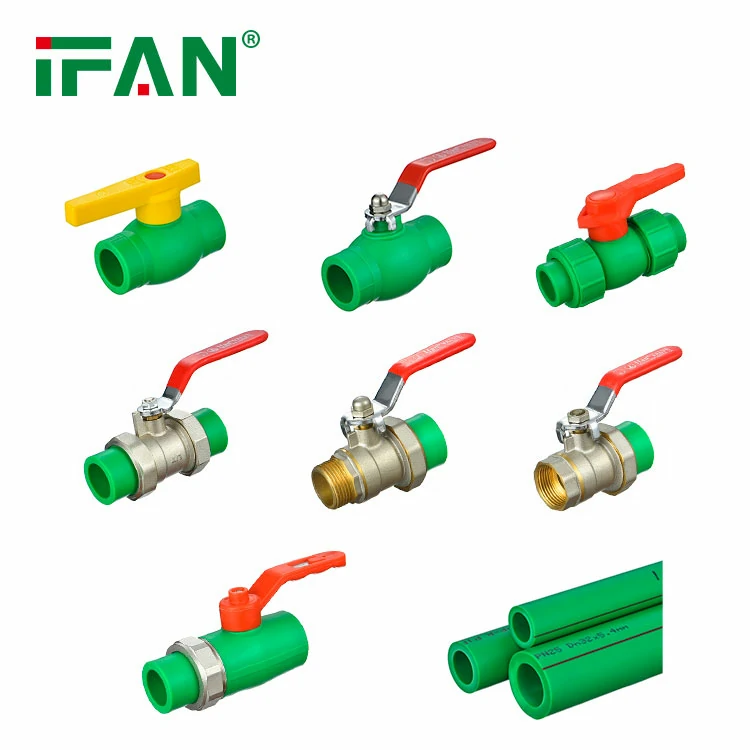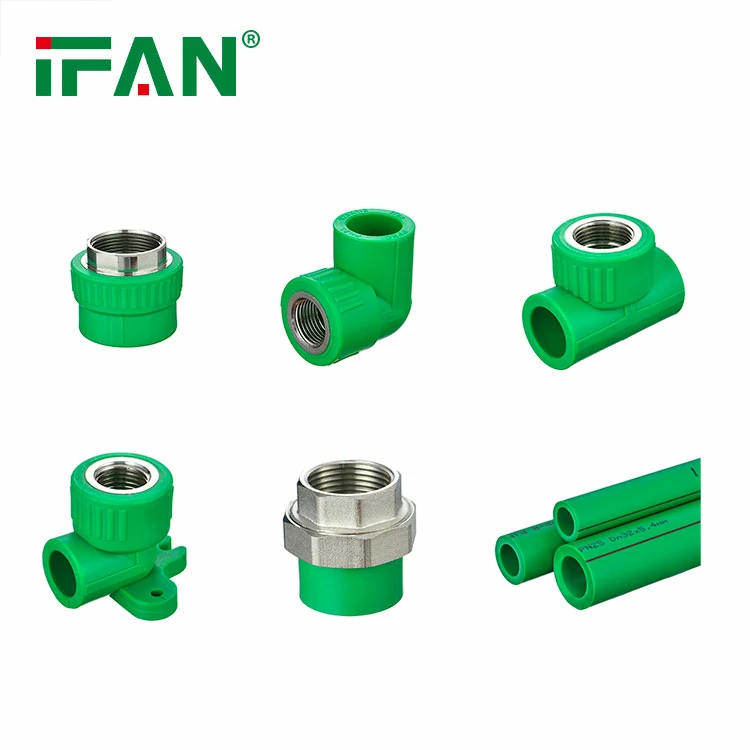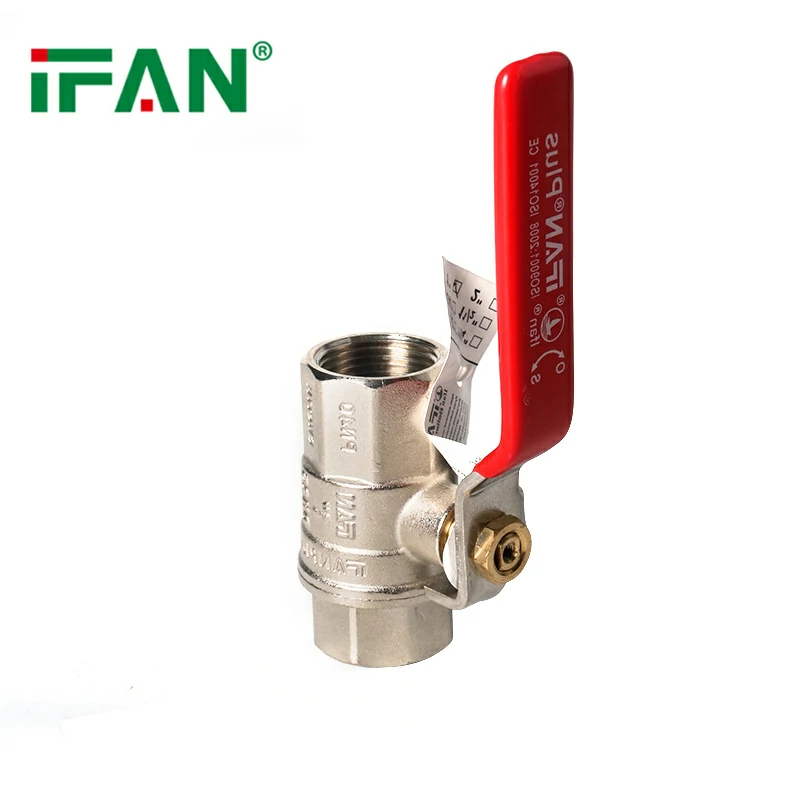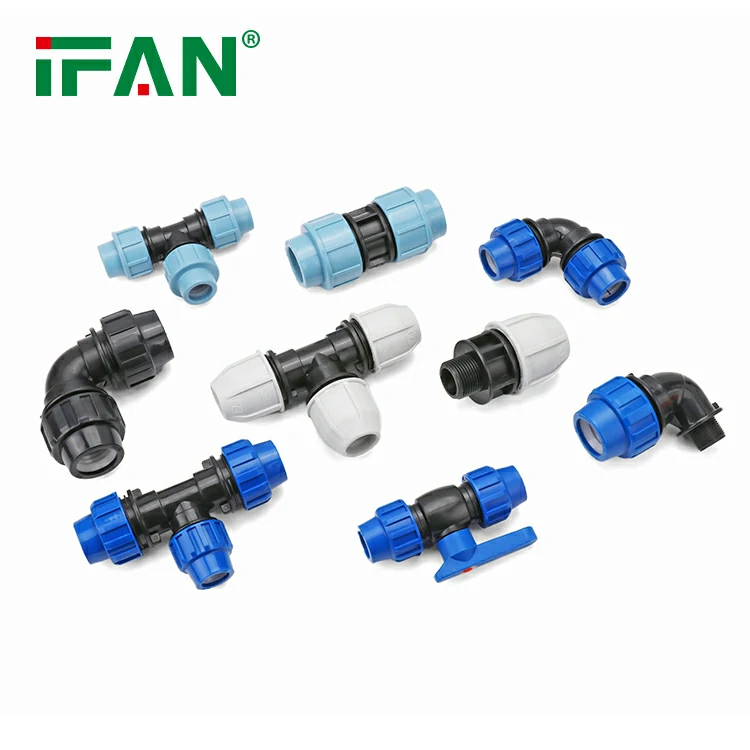Understanding PPR Fittings: A Comprehensive Guide
Introduction
PPR fittings play a vital role in modern plumbing systems, offering durability, versatility, and ease of installation. Whether you are a homeowner, plumber, or contractor, it is essential to have a comprehensive understanding of PPR fittings. In this guide, we will explore the features, applications, and benefits of PPR fittings, providing you with the knowledge needed to make informed decisions. Let’s break down this topic into easy-to-understand sections.
1. What are PPR Fittings?
PPR stands for Polypropylene Random Copolymer, which is a type of plastic widely used in plumbing applications. PPR fittings are components made from this material, designed to connect PPR pipes to create a reliable and leak-proof plumbing system. These fittings come in various shapes and sizes, including elbows, tees, couplings, valves, and more, catering to different plumbing needs.
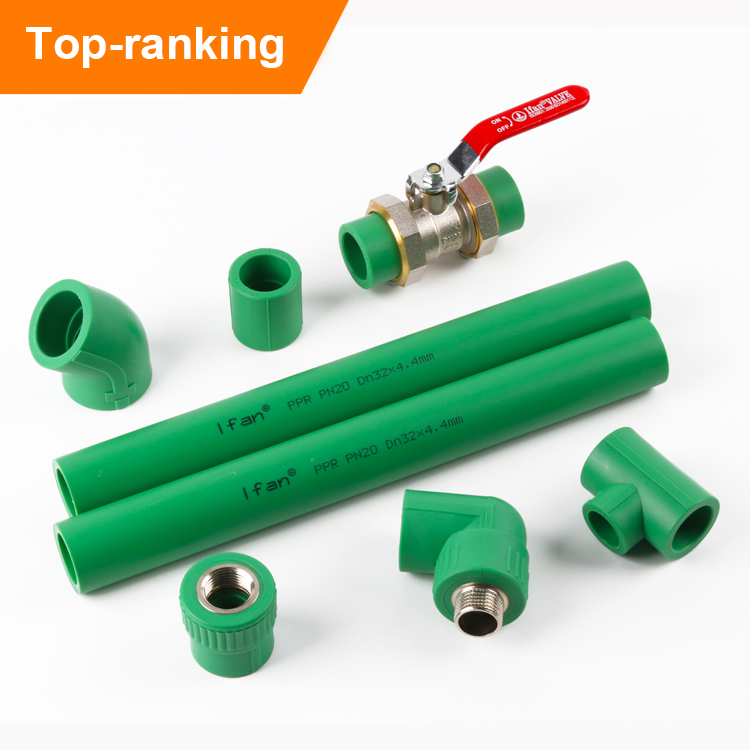
2. Features and Advantages of PPR Fittings
PPR fittings offer numerous features and advantages that make them a popular choice in plumbing systems. Some key features include:
- Durability: PPR fittings are resistant to corrosion, chemicals, and heat, ensuring long-lasting performance.
- Leak-proof Joints: PPR fittings provide tight and secure connections, minimizing the risk of leaks.
- High Temperature Resistance: PPR fittings can withstand hot water and steam, making them suitable for various applications.
- Easy Installation: PPR fittings are lightweight and easy to handle, allowing for quick and hassle-free installation.
- Low Maintenance: PPR fittings require minimal maintenance, reducing the need for frequent repairs or replacements.
3. Applications of PPR Fittings
PPR fittings are versatile and can be used in a wide range of plumbing applications. Some common areas where PPR fittings are employed include:
- Residential Plumbing: PPR fittings are commonly used in residential plumbing systems for supplying water, heating, and drainage.
- Commercial Buildings: PPR fittings are suitable for commercial buildings, including hotels, hospitals, offices, and schools, where durability and reliability are crucial.
- Industrial Plumbing: PPR fittings are used in industrial settings, such as factories and manufacturing plants, where high-pressure and chemical-resistant piping systems are required.
- Agricultural Plumbing: PPR fittings find application in agricultural settings, such as irrigation systems, greenhouse plumbing, and livestock watering systems.
4. Installation and Maintenance
Installing PPR fittings is a straightforward process. It involves cutting the PPR pipe to the desired length, cleaning the pipe and fittings, applying heat to both ends, and inserting the pipe into the fitting. The heat causes the pipe and fitting to melt, creating a strong and leak-proof joint. Regular maintenance of PPR fittings is minimal, typically involving visual inspections for any signs of damage or leaks.
5. Considerations and Best Practices
When working with PPR fittings, it is essential to consider factors such as pipe size, pressure ratings, and temperature limitations to ensure proper functionality. Following best practices, such as using appropriate tools, ensuring proper alignment during installation, and using compatible PPR pipes and fittings, will contribute to a successful and efficient plumbing system.
Conclusion
Understanding PPR fittings is essential for anyone involved in plumbing systems. With their durability, leak-proof joints, high temperature resistance, and easy installation, PPR fittings provide a reliable and efficient solution. Whether used in residential, commercial, or industrial plumbing applications, PPR fittings offer a versatile and long-lasting plumbing solution. By familiarizing yourself with the features, applications, installation, and maintenance of PPR fittings, you can confidently incorporate them into your plumbing systems and enjoy the benefits they provide.
